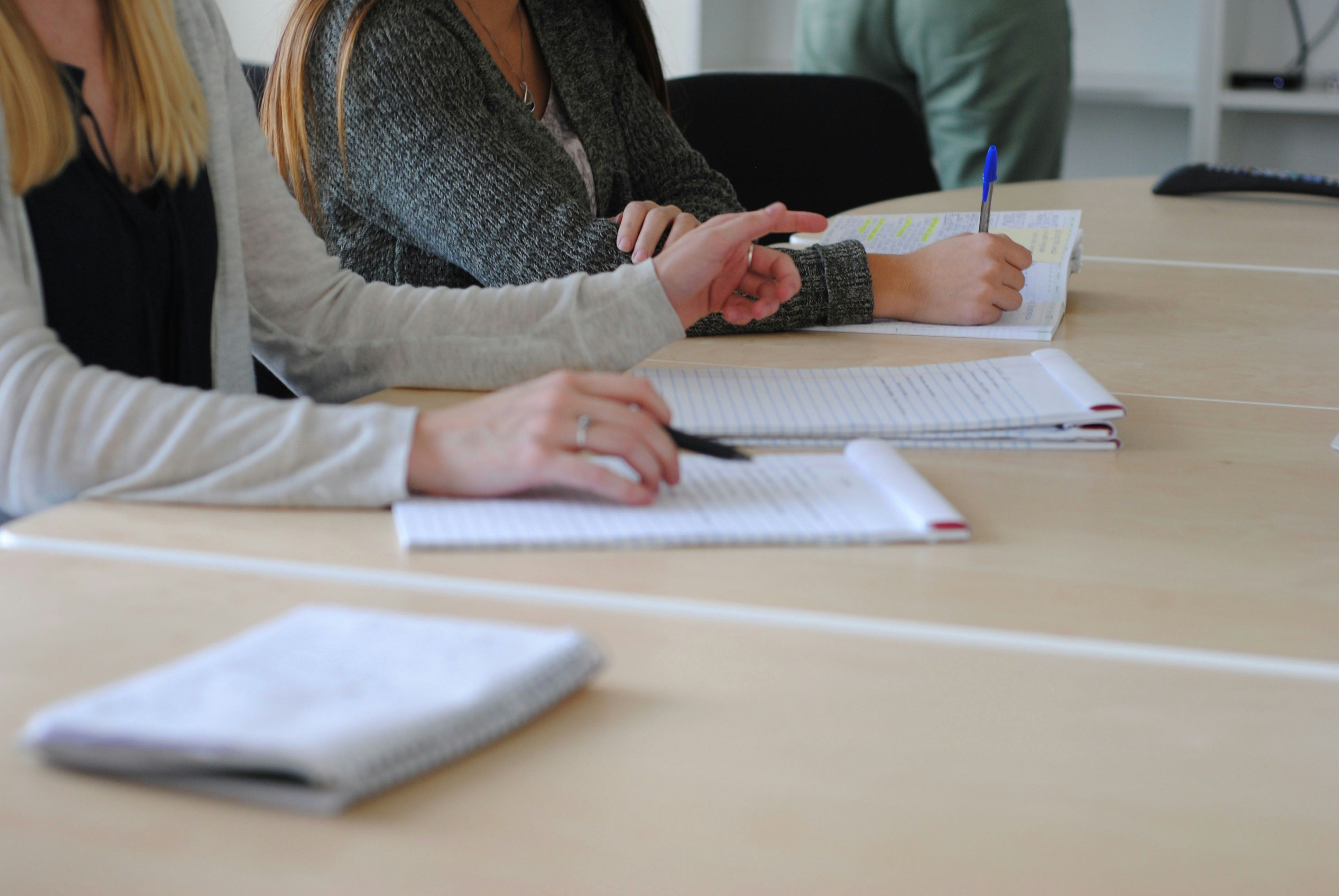
Project Partners
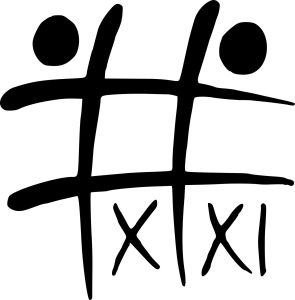
Austria
GRG 21 Vienna / Austria
GRG 21 (Gymnasium / Realgymnasium) in the 21st district of Vienna/Austria educates more than 1000 students between the ages of 10 to 18. Our students eventually take the “Matura” (final exam in Austria), which enables them to enter University.
Our student body is quite divers as we teach children with many different heritage languages, cultures, religions or orientations. Some frequent home languages are Turkish, Serbian, Arabic or Polish to name some.
GRG 21 focuses on languages, although there are also Science classes and classes that offer lessons in nutrition and household economics. We have great sports facilities (indoor as well as outdoor), so sports activities are an important part of school life, too. There is even a class with 5 bicycle ergometers, which the students use during lessons. Being in Austria, of course, skiing weeks are an integral part of school life.

Germany
Schubart-Gymnasium is a secondary school in Aalen, in the heart of South Germany 70 kilometers east of Stuttgart. It is embedded in the lovely countryside of the „Schwäbische Alb“(Swabian Jura) - a huge mountain range that is part of the European Geoparks network and a UNESCO global geopark. As a general secondary school it comprises students from the age of 10 to 18 years (school years 5-12). At the end of school year 12, the „Abitur“, the final certificate of higher education can be achieved which allows students to enter university. The school has 500 students, 50 teachers and 30 administrative employees (school year 23/24). As a bilingual school some subjects in different years are taught in English (e.g. year 7: geography, year 8: geography and history, year 9: biology, year 10: political and social sciences). With its high number of different partner schools within and outside Europe it is proud to be called „Partnerschule für Europe“(partner school for Europe). Having more than 30 different nations attending, the school has a large responsibility in integrating and encouraging students in the school community. It thus promotes integration through extra linguistic lessons, peer-interaction programs, close school-family communication and an initial welcome ceremony.
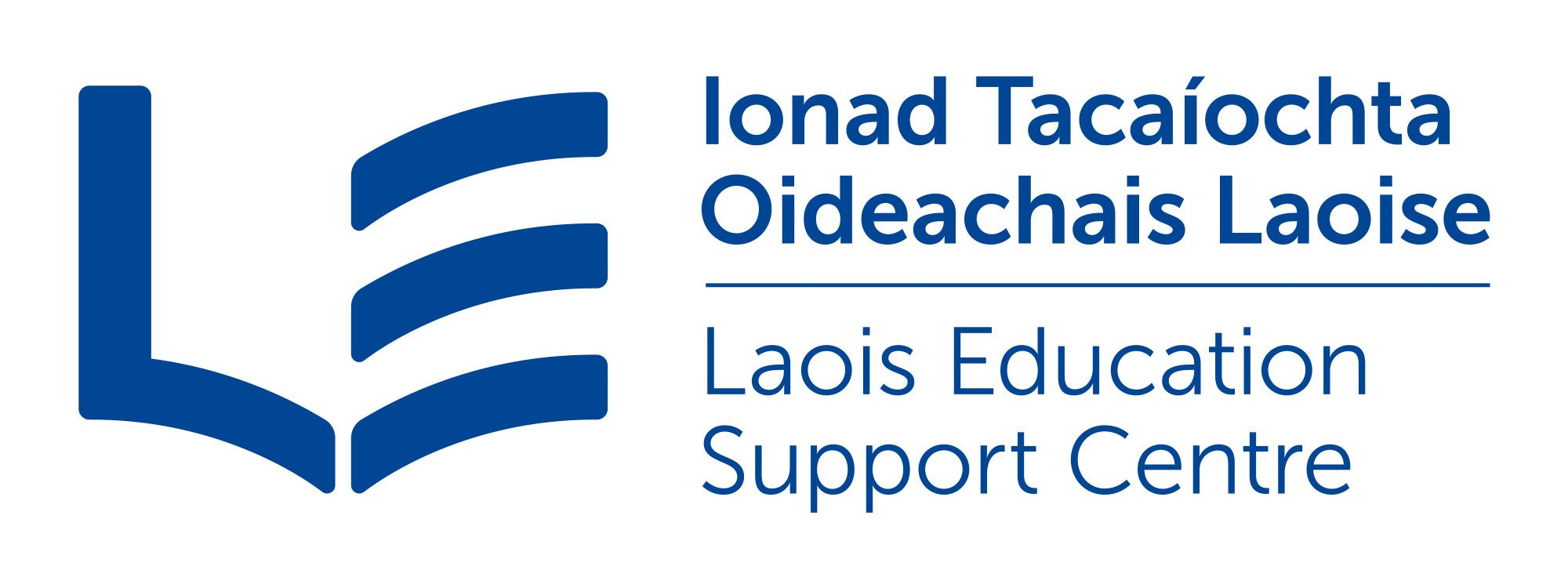
Ireland
Laois Education Support Centre is based in Portlaoise, Co. Laois.
The Centre is directly funded by the Department of Education (DE). It works with the DE to ensure that it can respond to learner, school and system requirements through the provision of high-quality learning opportunities.
LESC is a key stakeholder in the local education community. It serves Laois, part of Offaly and North Tipperary. Its mission is to deliver the highest quality of support in continuous professional development to its school communities in order to foster continued development and improvement This includes courses, projects and partnerships.
Laois Education Support Centre works in collaboration with various national, regional and local partners to advance innovative initiatives for the benefit of its school communities.
Laois Education Support Centre is an independent statutory body and is managed by a voluntary Management Committee elected annually. It has a defined geographical area of responsibility. The Centre works closely with the 123 primary and 31 post primary schools in its catchment area with an overall teaching population of approximately 2,500.
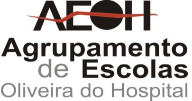
Portugal
Located in Coimbra county, o Agrupamento de Escolas de Oliveira do Hospital is the only public school in the municipality. We offer all levels of education, from pre-school to adult education. We have 2300 pupils, spread over several schools, and 300 teachers. It is a huge organization and the board tries its best to keep everyone in touch.
Right now we have 272 foreign pupils, from 23 nationalities. Most of them arrived in Portugal without knowing a word of Portuguese and some don’t speak English either. School is providing specific support, but we can and must do more, not so much in academic terms but in social terms. We already have a specific project for such students but we are lacking some welcoming action.
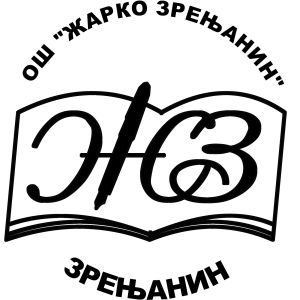
Serbia
Elementary school Zarko Zrenjanin has about 800 students ages 7-14. Our students come from different backgrounds: Hungarians, Romanians, Slovaks, few Russians and Gypsies. We offer compulsary two languages: English and Spanish as second language and our L1 is Serbian. We also have around 30 students in the inclusion program, autism, ADHD, learning disabilities, they are all without an assistant. We are based in a multicultural and multilingual region. We are focused on multiculturalism and have even included elective course: multiculturalism where students learn different customs, culture and language of other countries.
Our school has won many medals in sports, chess, science and languages in regional competitions.
